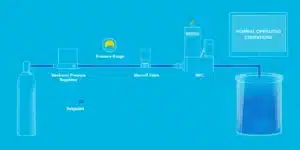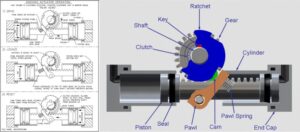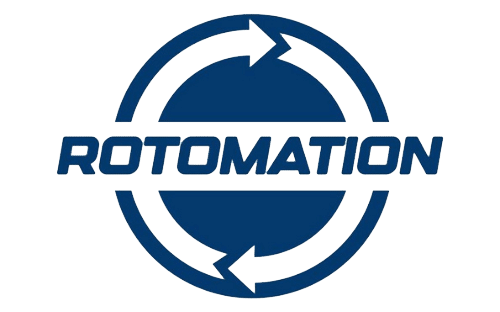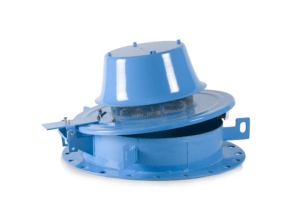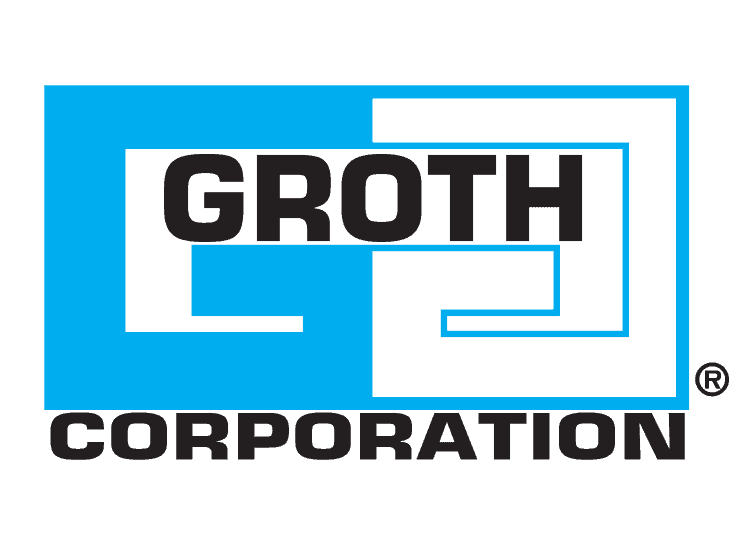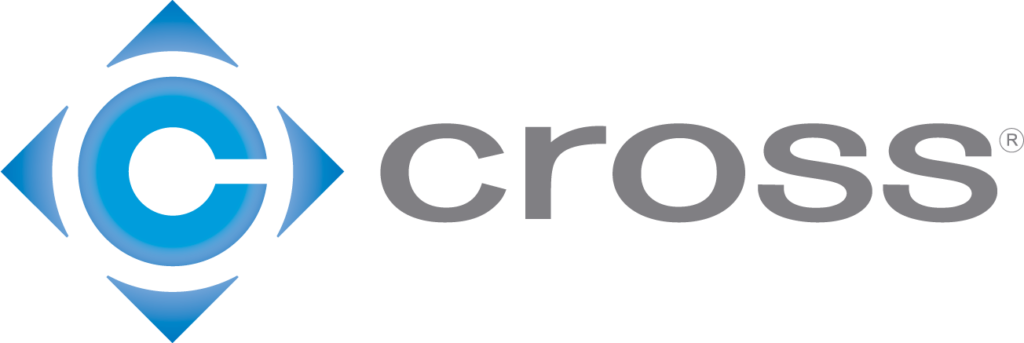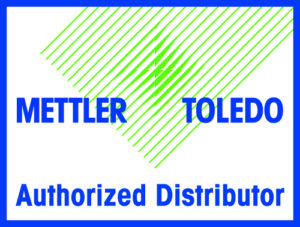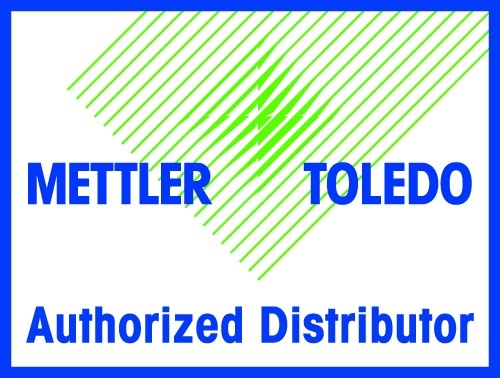Rock Able | May 17th, 2016
Years ago, it was common practice to use basic lever controlled hydraulic valves on mobile equipment. These valves provided simple directional control and, perhaps, a relief valve. If you needed load control, i.e. pilot checks, sequence valve, counterbalance valve, etc., all of these had to be plumbed in using fittings, hoses, or hard piping.
These hydraulic systems helped establish the image of hydraulics as being leaky and messy. Also, the directional valves had to be mounted close to the operator in order for him to reach the operating levers. That meant long runs of hose and/or piping to each actuator plus any interconnected plumbing required for load control valves.
Valve Evolution
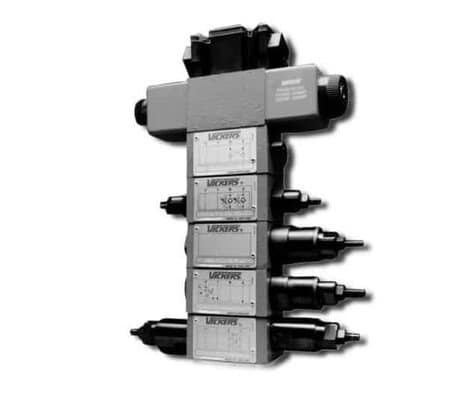
As solenoid operated valves were developed for industrial machinery, they were sometimes adapted to mobile machinery. This meant the valves could be actuated electrically and remotely. In the early days they lacked stackable, modular load control options, so plumbing was still a mess. Fortunately, stack valves were eventually developed that allowed us to eliminate many plumbing connections and to get more complex circuits in a neat clean package that could be located on the machine to optimize plumbing.
Early valves were often quite bulky, heavy, and not very well suited to the shock, vibration, and wet and dusty conditions in which mobile equipment operates. Today, the DG4V–3M directional valves offers you a package that is optimized for mobile applications in a CETOP size 3 valve.
Here are a list of some of the advantages of using this style valve.
- Reduced pressure drop and higher flow rates allow efficient control of greater hydraulic power in a small, simple package. Depending on the spool you select, you can control up to 21 GPM at 350 bar (5000 psi).
- Viton seals offer high temperature operation and multi-fluid capability.
- DG4V–3M valves can provide higher sustained machine productivity and increased up time because of proven fatigue life and endurance. They have been tested to over 20 million cycles.
- CETOP style valves can be changed quickly and easily in the field with a minimal amount of leakage from the hydraulic system.
- The solenoid coils, called “ToughCoils”, have been designed with rugged duty in mind. They are housed in a deep drawn, one piece metal frame with an IP69 rating when equipped with Deutsch connectors. These coils can operate reliably in the most extreme environmental conditions. An optional built-in surge suppressor (zener diode) is available to protect sensitive switching components when needed.
- SystemStack modules provide many pressure control, flow control, directional control, and tapping plate options that allow you to create almost any circuit functions you need without additional plumbing.
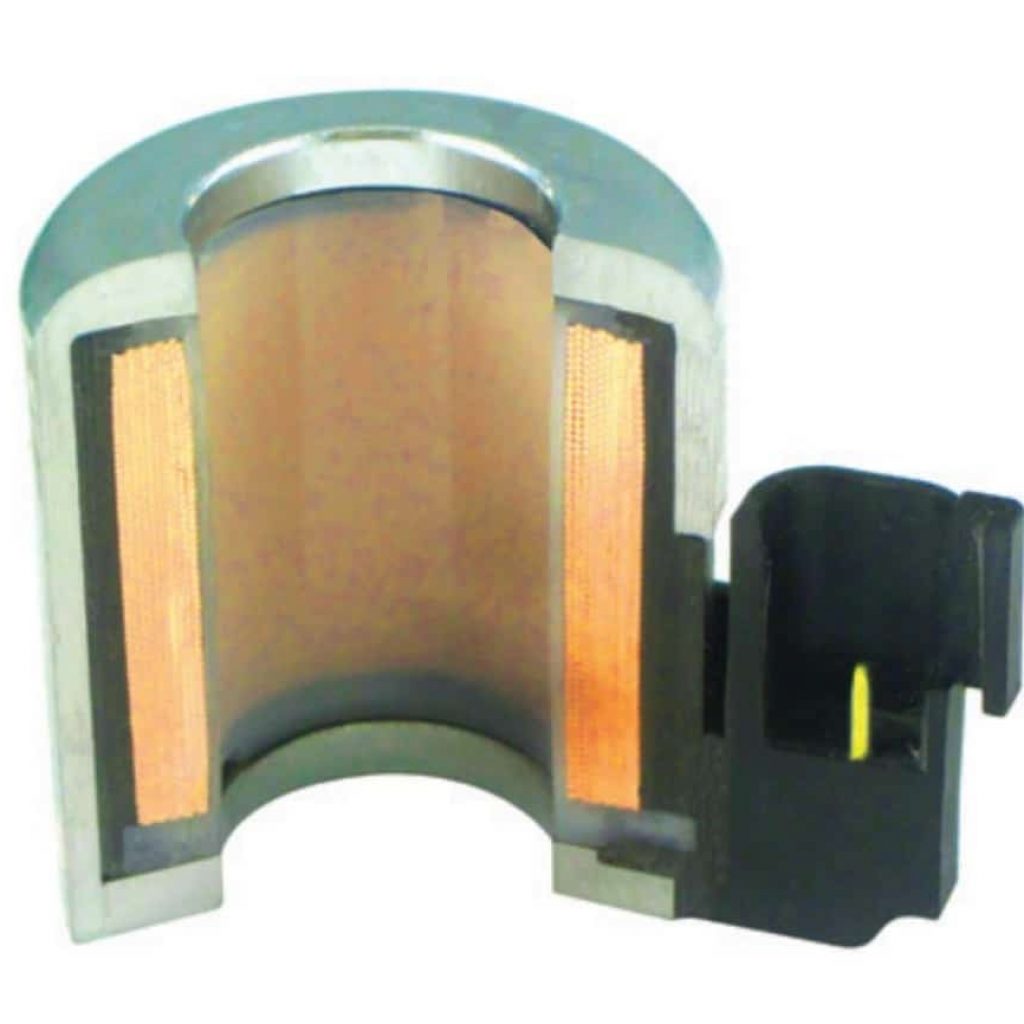
- CETOP style valves can be mounted on readily available parallel or series bar stock manifolds to give you a clean, compact circuit with a minimum of connections.
- Because manifolds, valves and modules are readily available, a complete system can be assembled in a relatively short lead time.
Contact your representative from Cross Company’s Mobile Hydraulic & Control Systems group today for more information about how these products can help you clean up the hydraulic system on your machine.

